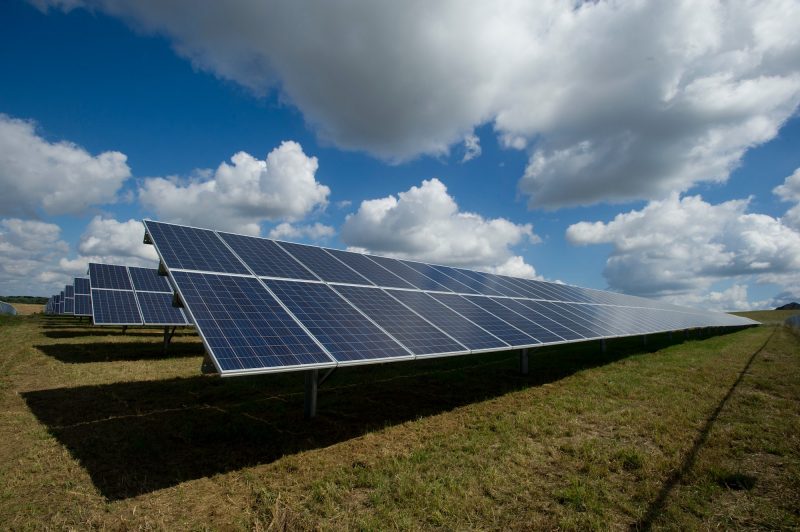Solar Soars as Costs Plummet

By Shelley Tanenbaum.
AMIDST THE 2016 END-OF-YEAR bad news all around, you might have missed this: utility-scale solar is now the least expensive way to install new sources of electricity. Onshore wind is a close second. Currently, solar and wind are at just about the same capital cost for installation, with solar’s incredibly rapid cost decrease over the past few years.
Past the headlines, the analysis rapidly gets way-wonky, but I’ll explain this as best as I can. There are lots of ways to measure the true cost of an energy source. The headlines have been about capital costs—the money it takes to build a new facility. If you dig a bit deeper to the next level, another way to measure costs is to look at the Levelized Cost of Energy (LCOE). The LCOE is calculated by dividing the total lifetime costs of building and operating the source by the total lifetime energy output of the source. With the LCOE metric, utility solar ($46-$56/MWh) and wind ($32-62/MWh) are less expensive over the course of their lifetime facility use than natural gas ($48-$78)—and significantly less expensive than nuclear or coal. Both solar and onshore wind have seen rapid decreases in LCOE: 85% for solar and 66% for wind from 2009-2016.
Digging even deeper, LCOE is a limited metric that ignores things like the environmental cost of different technologies and the difficulty of getting financing for high capital-cost projects. However, it is a reasonable tool for an overall comparison of the energy sector. The plummeting capital cost of utility solar makes it an attractive energy source in the developing world, where the demand for electricity outstrips current supplies. In developed countries, the economics change because demand for electricity is stable or dropping. Ignoring environmental costs, maintaining old fossil-fuel and nuclear power plants is cheaper than building new solar facilities in countries with a built-out energy infrastructure.
Beyond capital costs and LCOE, we all know that “ignoring environmental costs” is a huge mistake. These technical analyses, as promising as they are for wind and solar, leave out the biggest externality when they ignore the environmental cost of climate change. Adding a carbon tax or some other means of counting climate costs would put solar and wind at an even bigger advantage compared to fossil fuels. At the same time, adding larger amounts of wind and solar to our energy mix means we have to balance the intermittent nature of these sources. This is doable—whether it involves stored energy (using solar to pump water uphill during the day so it can be released at night, as one example) or an expanded electricity grid or other plans, a new system needs to be developed. But, great news that we are headed in the right direction!
SOURCE: Roberts, David. “2 remarkable facts that illustrate solar power’s declining cost.” Vox. December 22, 2016.

